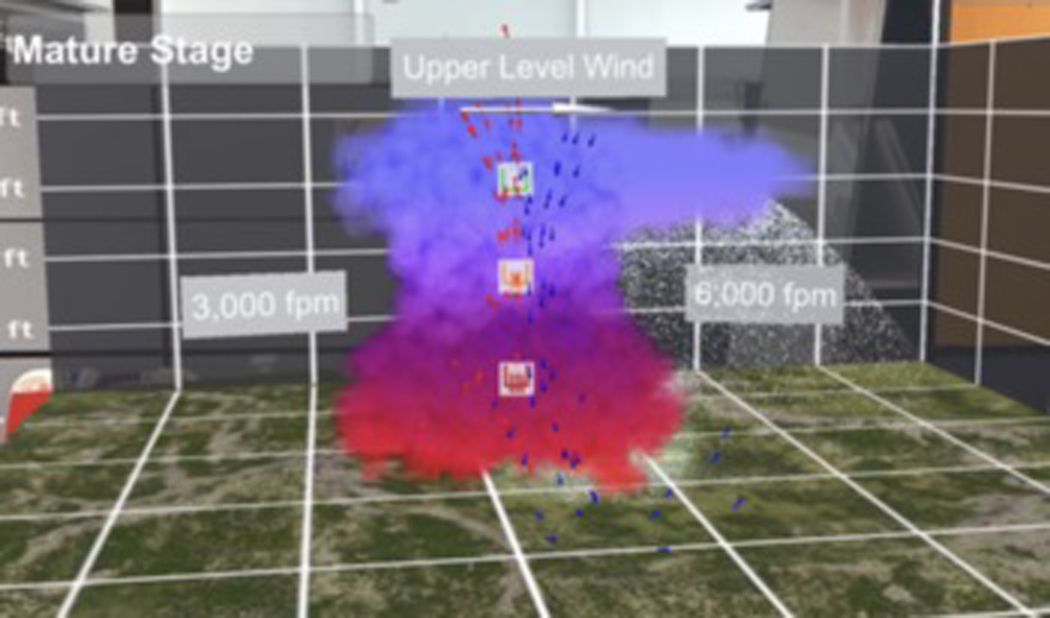
With large amount of personal information being managed over the Internet, privacy protection in communication channels has become essential. Thus, steganography, a secret communication technique that conceals information in an image, is garnering attention. Using this method to communicate with embedded ciphertext, the detection rate of encrypted communication can be reduced and privacy protection can be strengthened by making it appear to a third party that only image communication is taking place. Currently, many steganography methods with improved capacity and robustness have been proposed. In addition, JPEG compression resistance verification is required to extend its versatility. Correlation-based BMP steganography in previous studies has improved confidentiality by embedding and extracting secret information using correlation. However, the compression resistance of generated images has not been verified. In this study, we evaluate compression resistance based on image quality and information recovery rate. Moreover, we show the minimum compression quality that satisfies the required acceptable retention conditions for JPEG compression of cover images.

The present study proposes the method to improve the perceptual information hiding in image scramble approaches. Image scramble approaches have been used to overcome the privacy issues on the cloud-based machine learning approach. The performance of image scramble approaches are depending on the scramble parameters; because it decides the performance of perceptual information hiding. However, in existing image scramble approaches, the performance by scrambling parameters has not been quantitatively evaluated. This may be led to show private information in public. To overcome this issue, a suitable metric is investigated to hide PIH, and then scrambling parameter generation is proposed to combine image scramble approaches. Experimental comparisons using several image quality assessment metrics show that Learned Perceptual Image Patch Similarity (LPIPS) is suitable for PIH. Also, the proposed scrambling parameter generation is experimentally confirmed effective to hide PIH while keeping the classification performance.

The Internet of Things and the Smart Home have become an increasingly important topic in recent years. The growing popularity of Smart Home Devices such as Smart TVs, Smart Door Locks, Smart Light Bulbs, and other devices is causing a rapid increase of vulnerabilities. Also, there are several vulnerabilities in software and hardware that make the security situation more complex and troublesome. Many of these systems and devices also process personal or secret data and control critical industrial processes. The need for security is extremely high. Owners and administrators of modern IoT devices are often overwhelmed with the task of securing their systems. Today, the spectrum of Smart Home technologies is growing faster than security can be guaranteed. Unsecured vulnerabilities endanger the security and privacy of consumers. This paper aims to examine the security and privacy aspects of Wi-Fi Connected and App-Controlled IoT-Based Smart Home Devices. For this purpose, the communication between the device, app, and the manufacturer's servers, as well as the firmware of the individual devices, will be examined. In particular, this paper highlights why it is important to make consumers aware of the security and privacy aspects of Smart Home devices. Finally, it will be shown which dangers exist when using these devices, how the use of these devices affects the privacy and security of the device and its users, and whether the devices comply with the European General Data Protection Regulation.

Since its invention, the Internet has changed the world, but above all, it has connected people. With the advent of the Internet of Things, the Internet connects things today much more than people do. A large part of the Internet of Things consists of IoT controlled Smart Home devices. The Internet of Things and the Smart Home have become an increasingly important topic in recent years. The growing popularity of Smart Home devices such as Smart TVs, Smart Door Locks, Smart Light Bulbs, and others is causing a rapid increase in vulnerable areas. In the future, many IoT devices could be just as many targets. The many new and inexperienced manufacturers and the absence of established uniform standards also contribute to the precarious situation. Therefore, new methods are needed to sensitize and detect these threats. In this paper, different existing approaches like those of the National Institute of Standards and Technology (NIST) and the Open Web Application Security Project (OWASP) are combined with concepts of this work like the Smart Home Device Life Cycle. In the context of this paper, a universal 31-page question-based test procedure is developed that can be applied to any Smart Home device. Based on this new, innovative security checklist, the communication between device, app, and the manufacturer's servers, as well as the firmware of IoT devices, can be analyzed and documented in detail. In the course of this paper, also a handout in the abbreviated form will be created, which serves the same purpose.